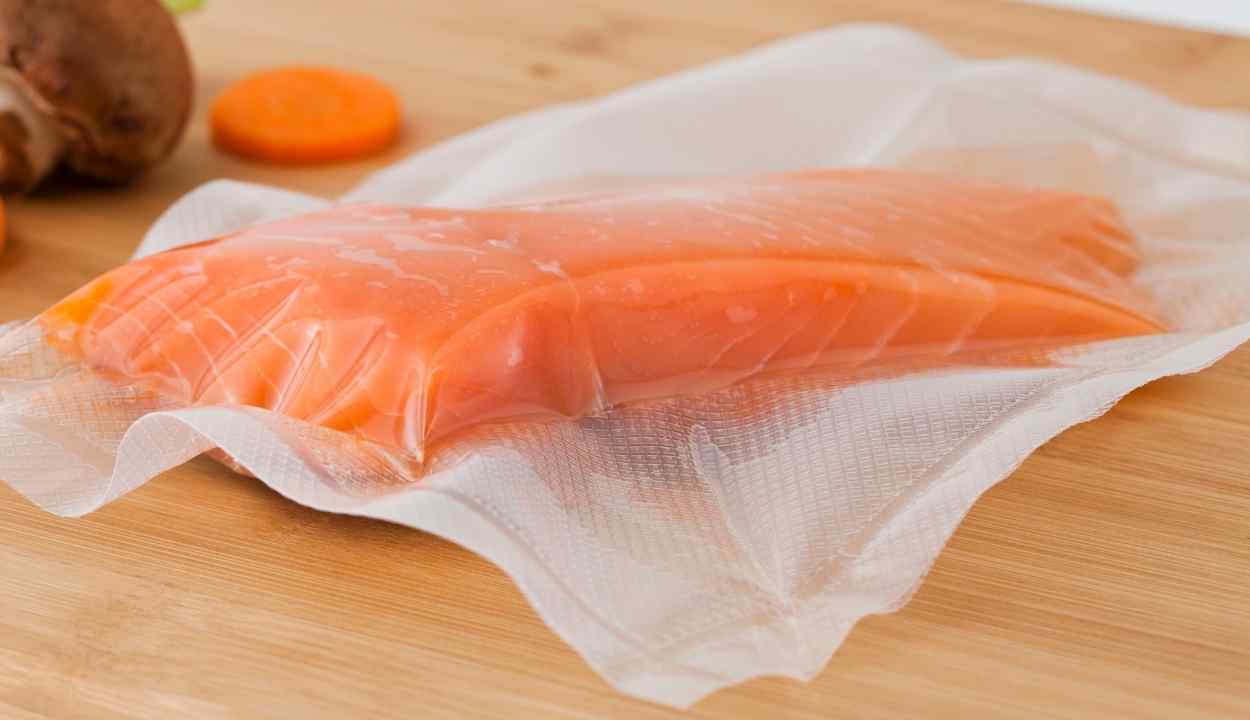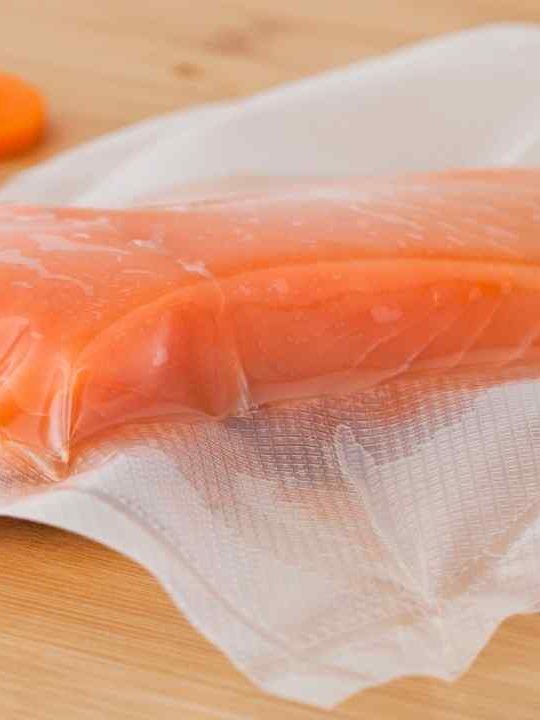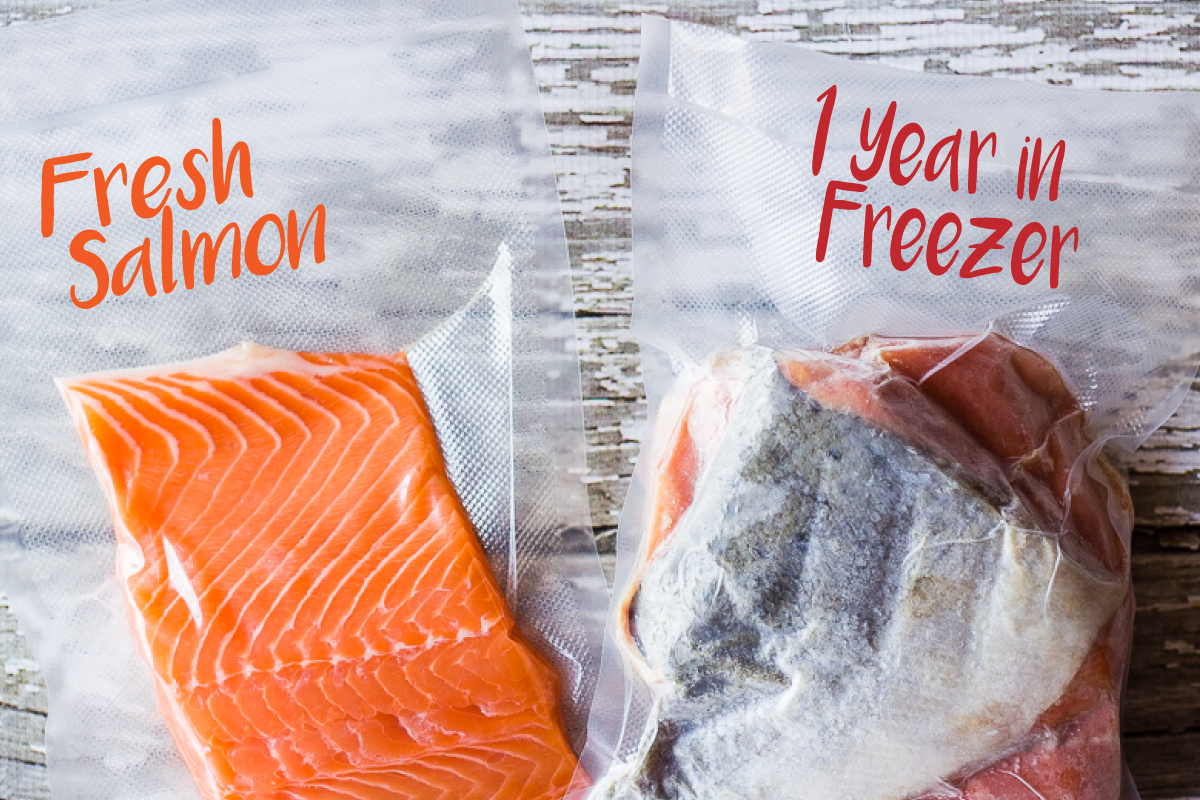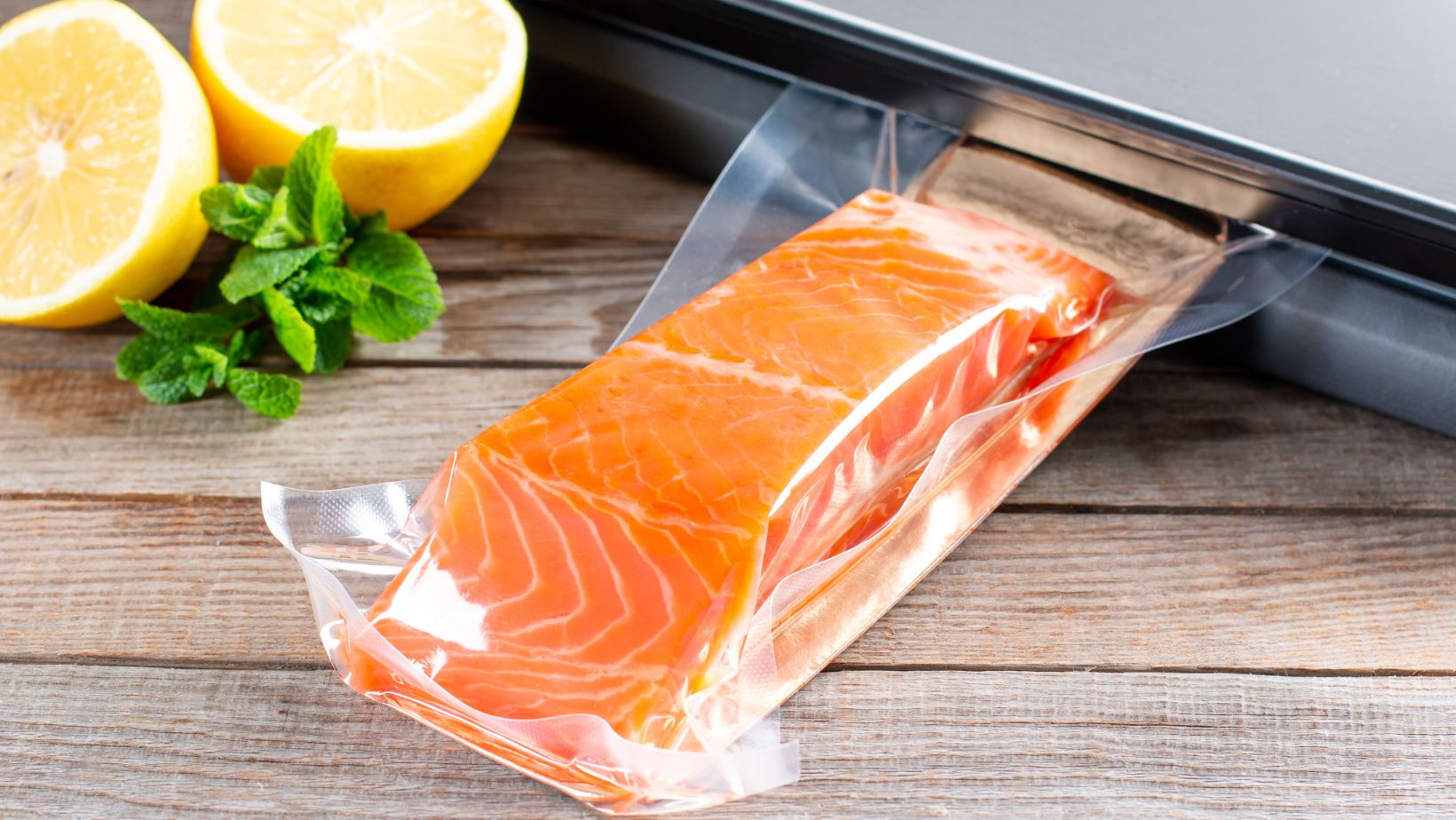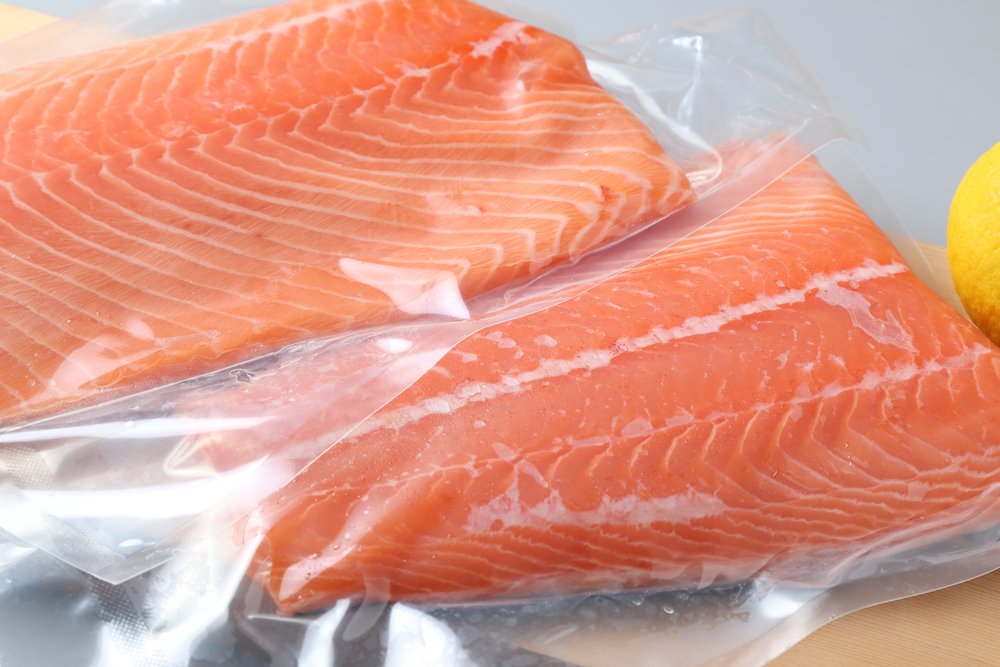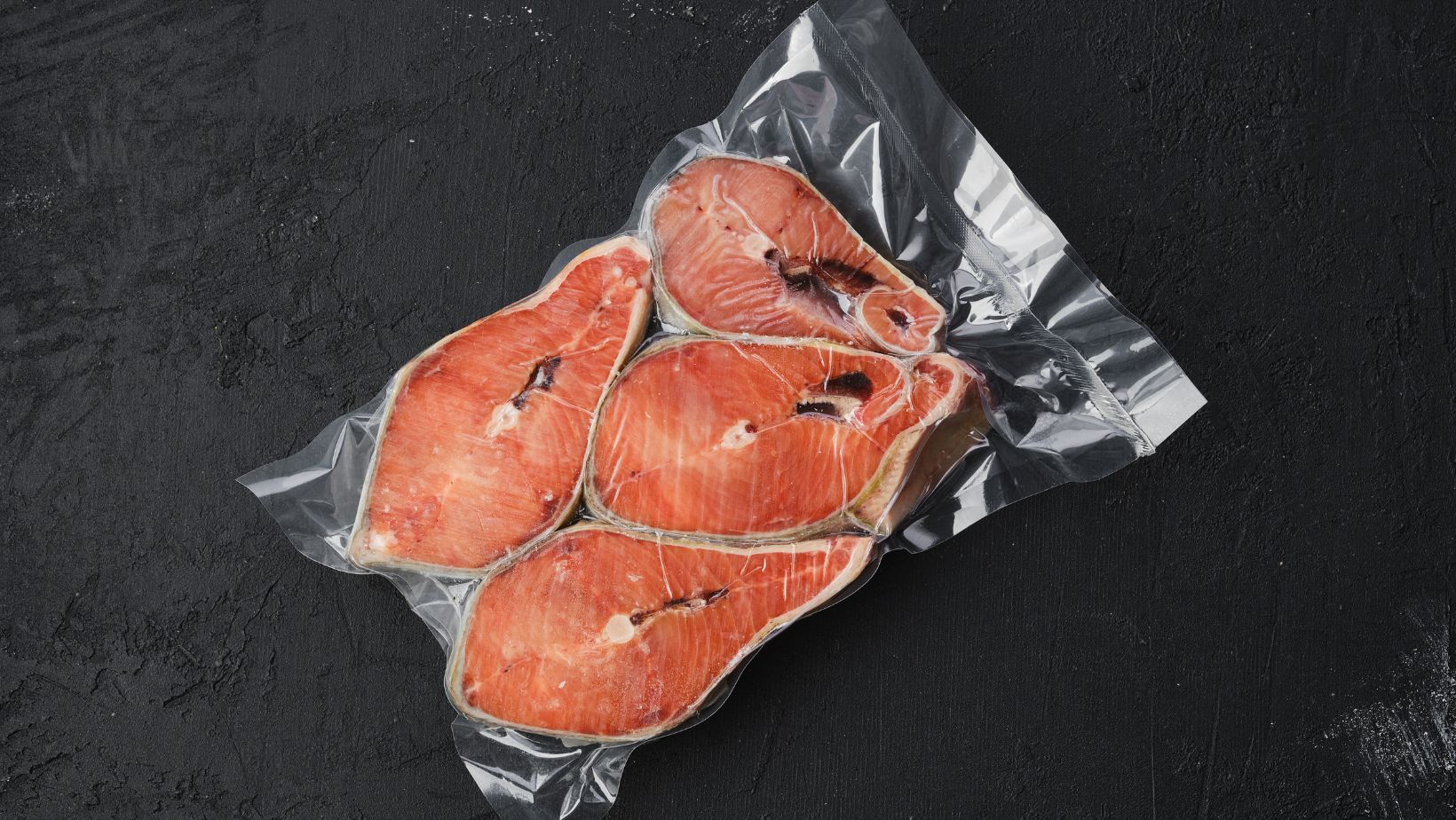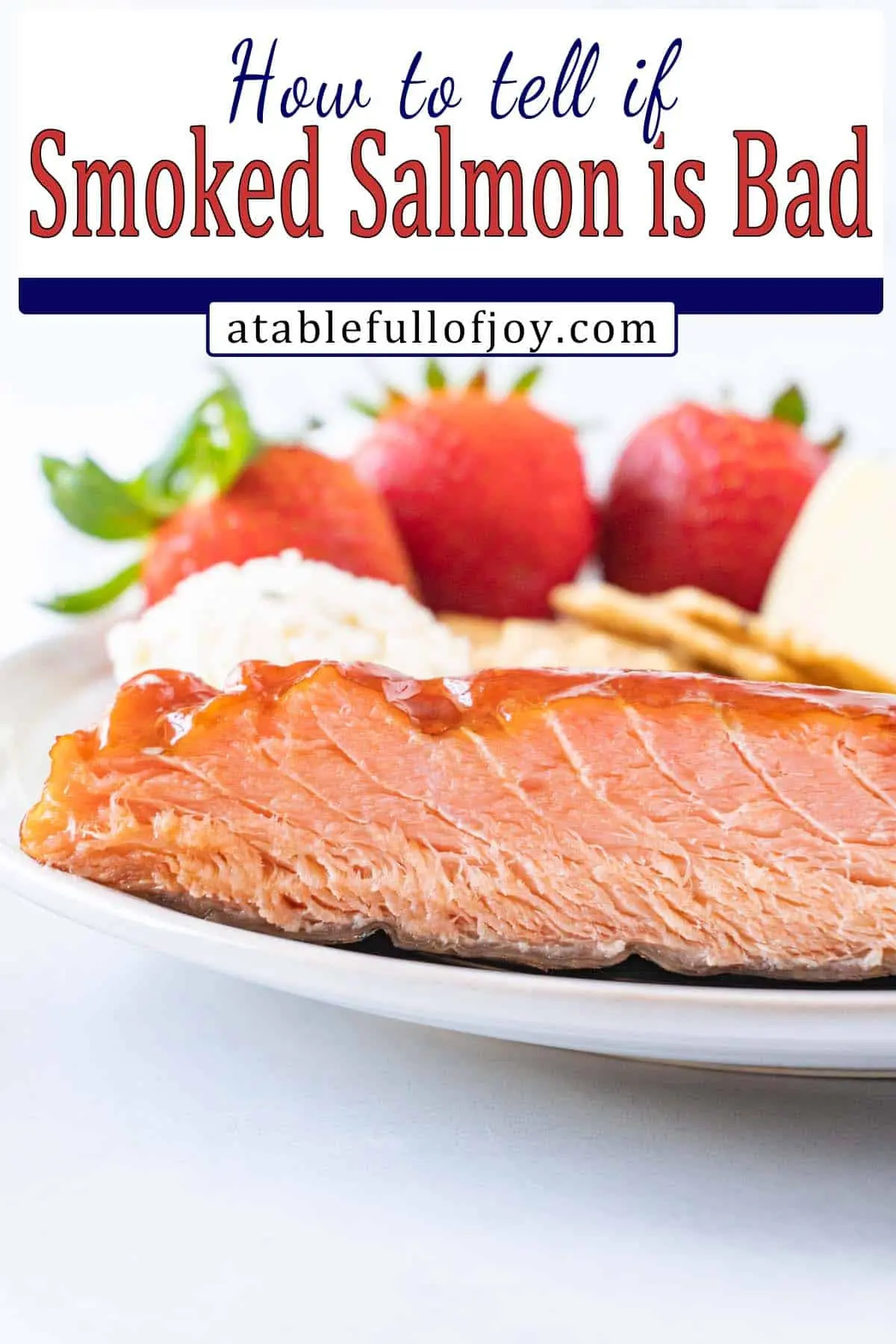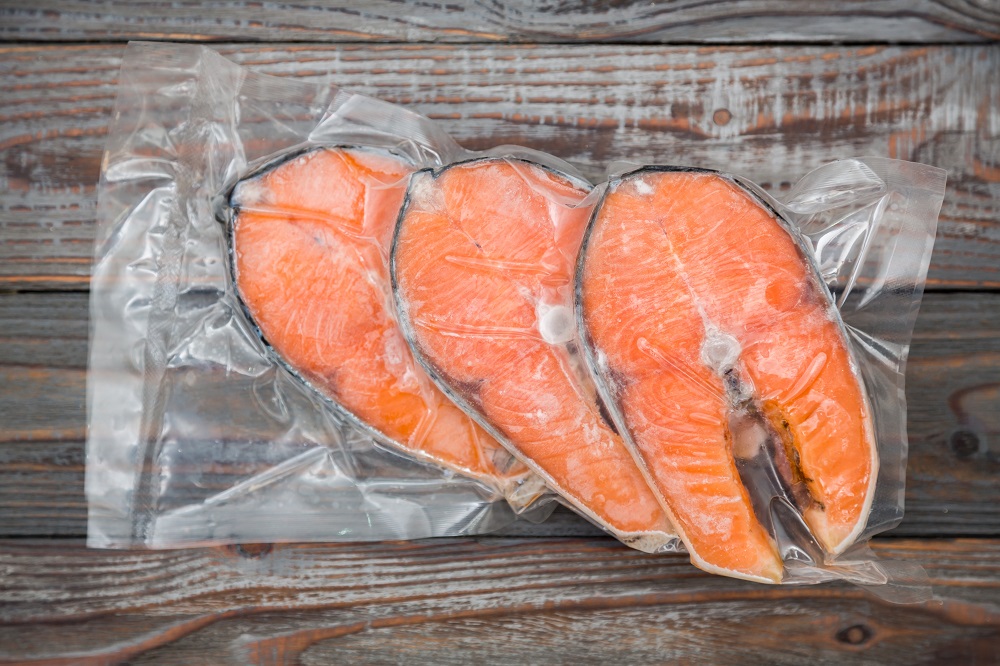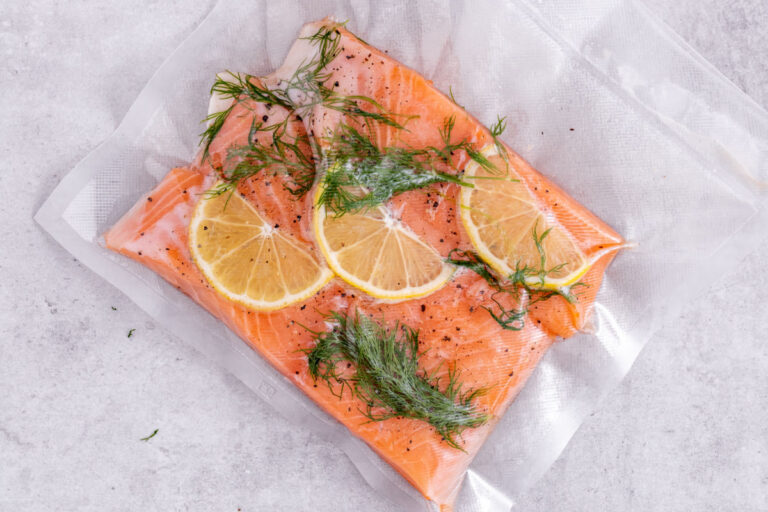How Long Does Vacuum Sealed Salmon Last In The Freezer
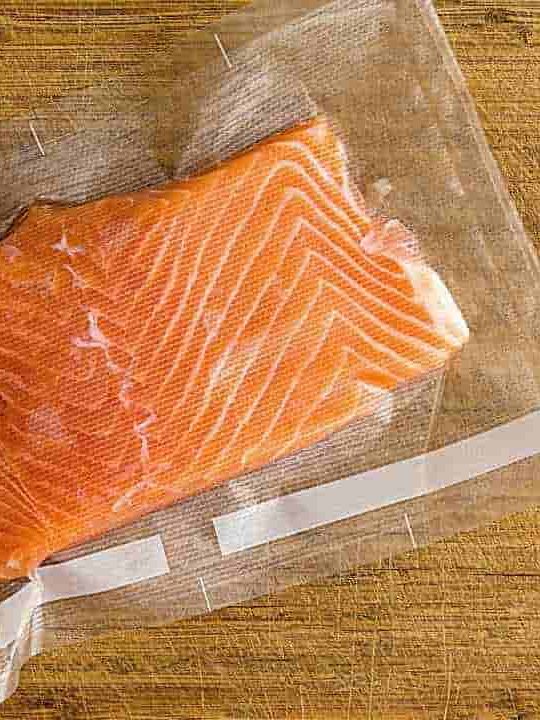
Imagine the biting wind whipping off the Alaskan coast, the salty spray kissing your face as you haul in a glistening silver salmon. You picture it later, pan-seared to perfection with a squeeze of lemon, a testament to nature's bounty. But life gets busy, and that prized catch ends up tucked away in the freezer. Now, a nagging question arises: how long will that taste of the wild truly last?
The shelf life of vacuum-sealed salmon in the freezer hinges on proper storage and handling. When done right, vacuum-sealed salmon can maintain its quality for 9-12 months, and sometimes even longer. This extends the window for savoring this delicious and nutritious fish.
Understanding the Science of Frozen Salmon
Freezing is a remarkable preservation technique, slowing down the enzymatic activity and microbial growth that cause food to spoil. The key is to freeze the salmon quickly and keep it consistently frozen at 0°F (-18°C) or lower.
Proper freezing minimizes the formation of large ice crystals, which can damage the fish's cell structure. Damaged cells lead to a mushy texture and loss of flavor upon thawing.
The Role of Vacuum Sealing
Vacuum sealing plays a vital role in extending the freezer life of salmon. By removing air from the packaging, it prevents freezer burn. Freezer burn is a dehydration process that affects the surface of frozen food.
It creates those unsightly, dry, and discolored patches. Vacuum sealing also inhibits oxidation, which can lead to rancidity and off-flavors.
Freshness Matters
The initial quality of the salmon is crucial. Freezing won't improve the taste or texture of subpar fish; it only preserves its existing state.
Start with the freshest possible salmon. Look for firm flesh, a vibrant color, and a fresh, sea-like smell. Avoid salmon with a strong fishy odor or a slimy texture.
The 9-12 Month Guideline: What to Expect
The 9-12 month timeframe is a general guideline for vacuum-sealed salmon stored at a constant 0°F (-18°C). However, it's important to understand that this is not a hard and fast rule.
Factors like the freezer's temperature consistency, the quality of the vacuum seal, and the initial freshness of the salmon can all influence its longevity.
Beyond the Expiration Date: A Matter of Quality
Even if salmon has been properly stored for longer than 12 months, it may still be safe to eat. The main concern beyond this point is a decline in quality.
The texture may become slightly tougher, and the flavor may not be as vibrant as it once was. It's best to assess the salmon's appearance, smell, and texture before cooking it.
Tips for Freezing Salmon Like a Pro
To maximize the freezer life and quality of your vacuum-sealed salmon, follow these simple tips:
- Freeze Quickly: The faster the salmon freezes, the better the texture will be. Use the flash-freeze setting on your freezer if available.
- Proper Packaging: Ensure the vacuum seal is airtight. If you're using a home vacuum sealer, double-check the seal before freezing.
- Temperature Control: Maintain a consistent freezer temperature of 0°F (-18°C) or lower. Avoid frequent opening and closing of the freezer, as this can cause temperature fluctuations.
- Label and Date: Label each package with the date it was frozen. This will help you keep track of how long it's been stored.
- Portion Sizes: Freeze salmon in portion sizes that you'll use at one time. This prevents unnecessary thawing and refreezing, which can degrade the quality.
Thawing Salmon Safely
Thawing salmon correctly is just as important as proper freezing. The safest method is to thaw it in the refrigerator overnight.
This allows for a slow and even thaw, minimizing the risk of bacterial growth. Avoid thawing salmon at room temperature, as this can create a breeding ground for bacteria.
If you need to thaw salmon more quickly, you can use the cold-water method. Place the vacuum-sealed package in a bowl of cold water, changing the water every 30 minutes. This method typically takes about an hour per pound of salmon.
Debunking Common Myths about Frozen Salmon
There are several misconceptions about frozen salmon. Let's address some of the most common ones:
- Myth: Frozen salmon is not as nutritious as fresh salmon.
Fact: Freezing preserves the nutritional value of salmon. There may be some minimal loss of certain vitamins, but the overall nutritional profile remains largely intact. - Myth: You can't refreeze thawed salmon.
Fact: Refreezing thawed salmon is generally not recommended, as it can compromise the texture and flavor. However, if the salmon was thawed in the refrigerator and is still cold, it may be safe to refreeze it. In this case it should be cooked before refreezing it. - Myth: Freezer burn means the salmon is unsafe to eat.
Fact: Freezer burn affects the quality of the salmon, but it doesn't necessarily make it unsafe to eat. You can trim off the affected areas before cooking.
The Environmental Impact of Frozen Salmon
Choosing frozen salmon can have a positive impact on the environment. It reduces food waste by extending the shelf life of the product. It allows consumers access to sustainably caught salmon year-round, even when it's not in season.
A Sustainable Seafood Choice
When selecting salmon, look for certifications like the Marine Stewardship Council (MSC) label. This indicates that the salmon comes from a sustainable fishery.
Supporting sustainable fisheries helps protect ocean ecosystems and ensures that future generations can enjoy this valuable resource. Frozen salmon can be a delicious and responsible choice for both your health and the environment.
Final Thoughts: Savoring the Taste of the Wild
Vacuum-sealed salmon, when properly frozen and stored, offers a convenient way to enjoy this healthy and flavorful fish throughout the year. By understanding the science behind freezing and following best practices for storage and thawing, you can extend its shelf life and preserve its quality.
So, next time you find yourself with a freezer full of vacuum-sealed salmon, rest assured that you have ample time to savor the taste of the wild. Prepare it with your favorite herbs and spices, and enjoy the journey.
Remember that the key to exceptional flavor is using the freshest ingredients and preserving them with care. Enjoy your culinary explorations!

